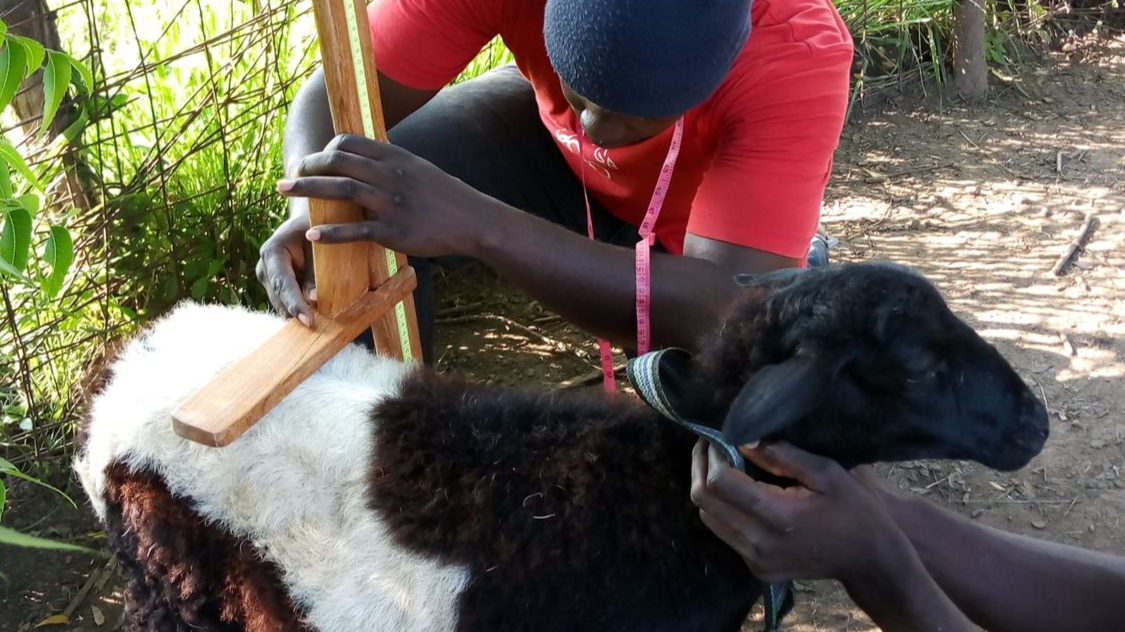Morphometric diversity in Djallonke sheep population in Benin
DOI:
https://doi.org/10.19182/remvt.37269Keywords
Sheep, body measurements, discriminant analysis, phenotypes, genetic variation, BeninAbstract
A morphometric characterization using multivariate approaches was carried out on Djallonké sheep in Benin in order to appreciate intraracial diversity and to effectively guide genetic improvement programme. In total, 488 females and 74 males were phenotyped using 15 quantitative variables. The study was carried out in the agroecological zone of fisheries (ZP), that of barre lands (ZTB) and the cotton zone of central Benin (ZC). The influence of sex, agro ecological zone and age of class factors was assessed using an analysis of variance. The various discriminant analyzes carried out using SAS 9.2 software made it possible to identify the variables that have a strong discriminatory power. Mahalanobis distances were assessed and the degree of morphological similarity or dissimilarity between animals from different agroecological zone was determined using the hierarchical cluster analysis procedure. The results indicate that the agro ecological zone exerts a significant influence (p < 0.05) on the measured parameters. Ultimately, the discriminant analyzes reveal that the variables chest depth, flank depth, scapulo-ishial length, head width, thigh circumference and ear length are those that best discriminate between Djallonké sheep populations. The highly significant Mahalanobis distances (p < 0.001) between the three agro ecological zones justify the categorization of their sheep
populations into two morphologically distinct ecotypes. The percentage of individuals correctly classified in their zone of origin is 97.7%, 60.3% and 63.3% respectively for the ZC, ZP and ZTB. These results also reveal that sheep in the cotton-growing area of central Benin could be subject to introgression phenomena to the benefit of Sahelian breeds or show the ability to adapt to climatic conditions.
Downloads

Downloads
-
Abstract862
-
pdf (Français)348
Received
Published
How to Cite
License
© K.R.E.Monkotan et al., hosted by CIRAD 2023

This work is licensed under a Creative Commons Attribution 4.0 International License.





